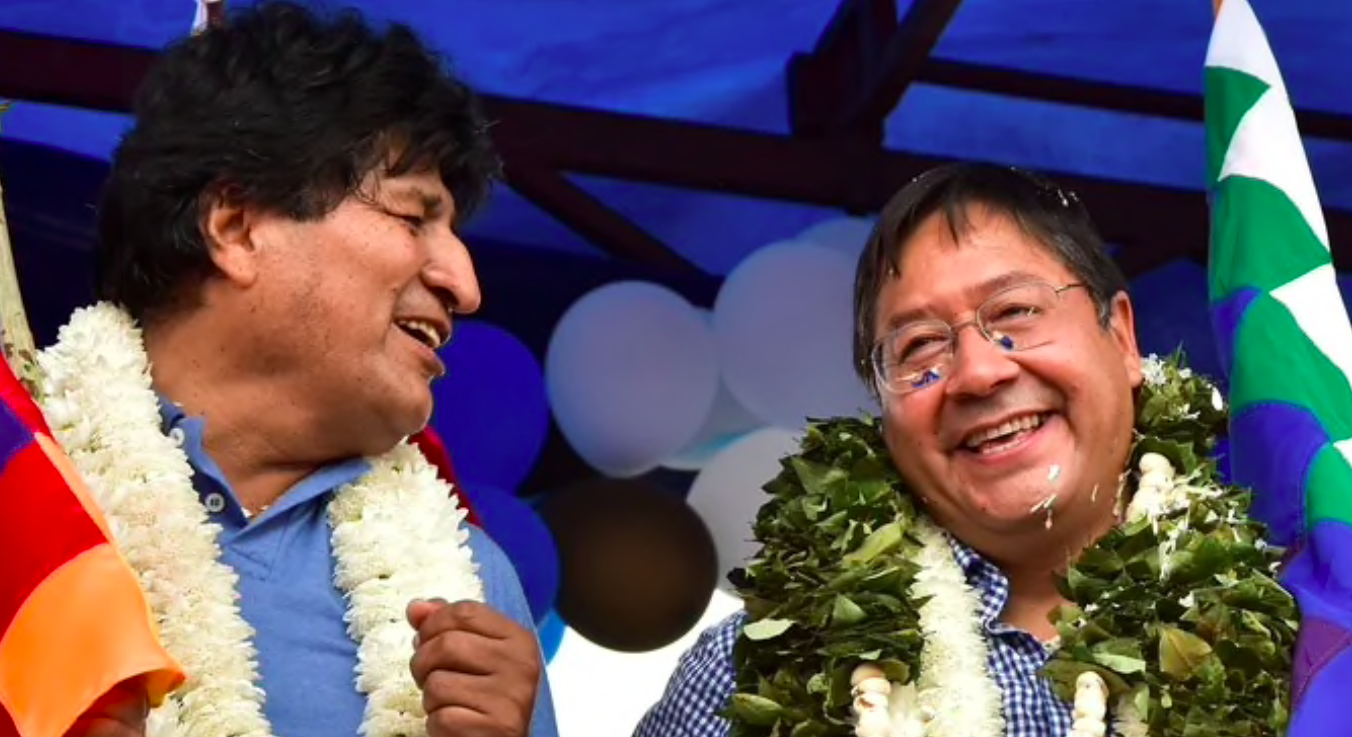Afghanistan is clearly under the domination of drugs. Bolivia is heading in that direction now, when coca production is expanding uncontrollably and drug manufacturers even have the support of the government.
Producers of legal coca from the Yungas of La Paz are brutally repressed by the police because they protest against the government’s decision to create an illegal coca market to benefit cocaine manufacturers, denounces Deputy Walky Egüez.
Read also: Check out our coverage on Bolivia
One of the coca growers lost an arm, a dozen of them have been detained and their wives kidnapped by the police, who entered private homes to achieve it, which provoked a statement by the United Nations: “Excessive use of force.”

The legal coca from Yungas is marketed in Villa Fátima de La Paz, but the government decided to create another market, in Villa El Carmen, where drug traffickers will be able to buy the leaf without the control of the unions, denounces analyst Gregorio Lanza.
Until 2006, when Evo Morales became president, only coca from the Yungas was authorized, but he decided to legalize the cultivation of Chapare, in Cochabamba, where he is a union leader.
A law approved for this purpose says that the coca cultivation area goes from 12,000 to 22,000 hectares. The expert Franklin Alcaraz says that to meet the traditional demand for coca, 6,000 hectares would be enough.
The DEA says that, in reality, at this moment there are 36,000 hectares where coca is grown in Bolivia, in the Yungas and Chapare, not counting the crops that exist in eleven national parks, which are unprotected.
Morales has become the prophet who promotes illegal crops, not only in Bolivia. He advised the Peruvian Pedro Castillo to legalize the VRAEM crops, which were burned by the police of that country and their clandestine runways bombed by previous governments.
Apart from what is happening in La Paz, the war that Morales is leading confronts the locals who oppose their lands being converted into coca plantations.
The tactic consists of the violent seizure of large tracts of land, including private property, making strong with the police and then demanding that the Institute of Agrarian Reform (INRA) legalize their stolen properties, which happens immediately.
The burning of large areas of forest is also used, as in 2019, in which two million hectares were burned. Thus, the work is done, because that charred land is ready for coca crops.
The coca plantations, according to the legendary mining leader Filemón Escóbar, are designed in such a way that they have wide avenues that act as communication routes but also serve for the landing of light aircraft.
From Chapare these planes take the “base paste” (cocaine sulfate) to the factories where the best laboratories in South America are that convert it into hydrochloride, the “white goddess.” Then, the planes take care of taking the drug to neighboring countries.
They have the advantage that aircraft traffic through Bolivian airspace is not controlled. The thirteen radars that the Morales government bought in 2015 paying US$225 million have not yet been used.
Last week the defense minister, Edmundo Novillo, said that only one of these radars will be used, when it is ready, to control the traffic of drug-trafficking planes. In seven years, the work of assembling the radars had advanced by 90%, said the minister. Novillo is one of Luis Arce’s ministers who are Morales’ “quota”.
Brazilian cartels operate in Bolivia and clash every day in border cities, such as San Matías. The newspaper O Estado de São Paulo reported that the First Capital Command even has coca crops in Bolivia.
Morales made a lightning trip to Colombia after Gustavo Petro’s inauguration. He had been in Mexico in contact with the Sinaloa Cartel when he fled Bolivia in 2019. He receives the votes of Bolivians living in Argentina, where the Chapare drug has created real hell, like Rosario.
Some would assure that he could become Simón Bolívar, but of other types of activities.

